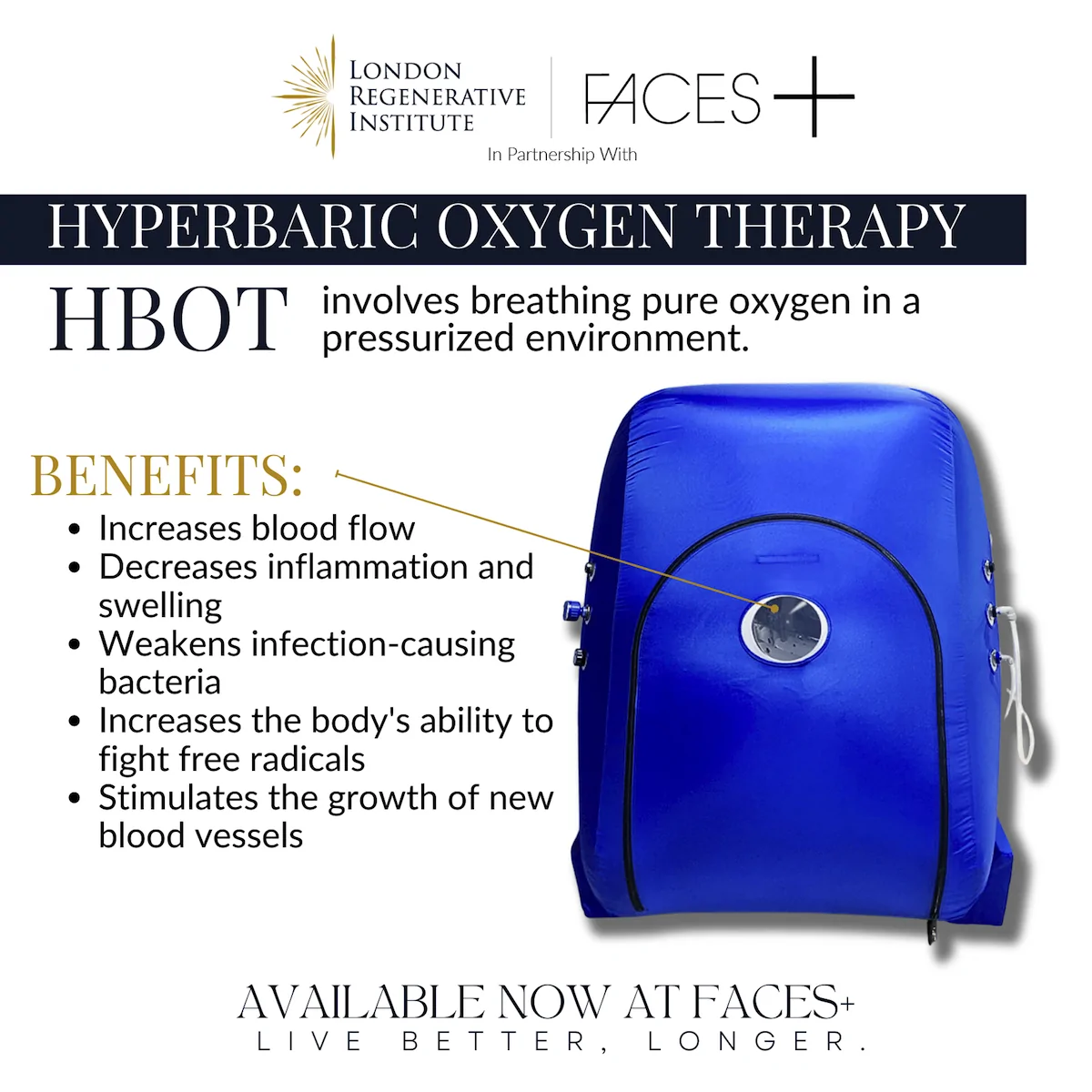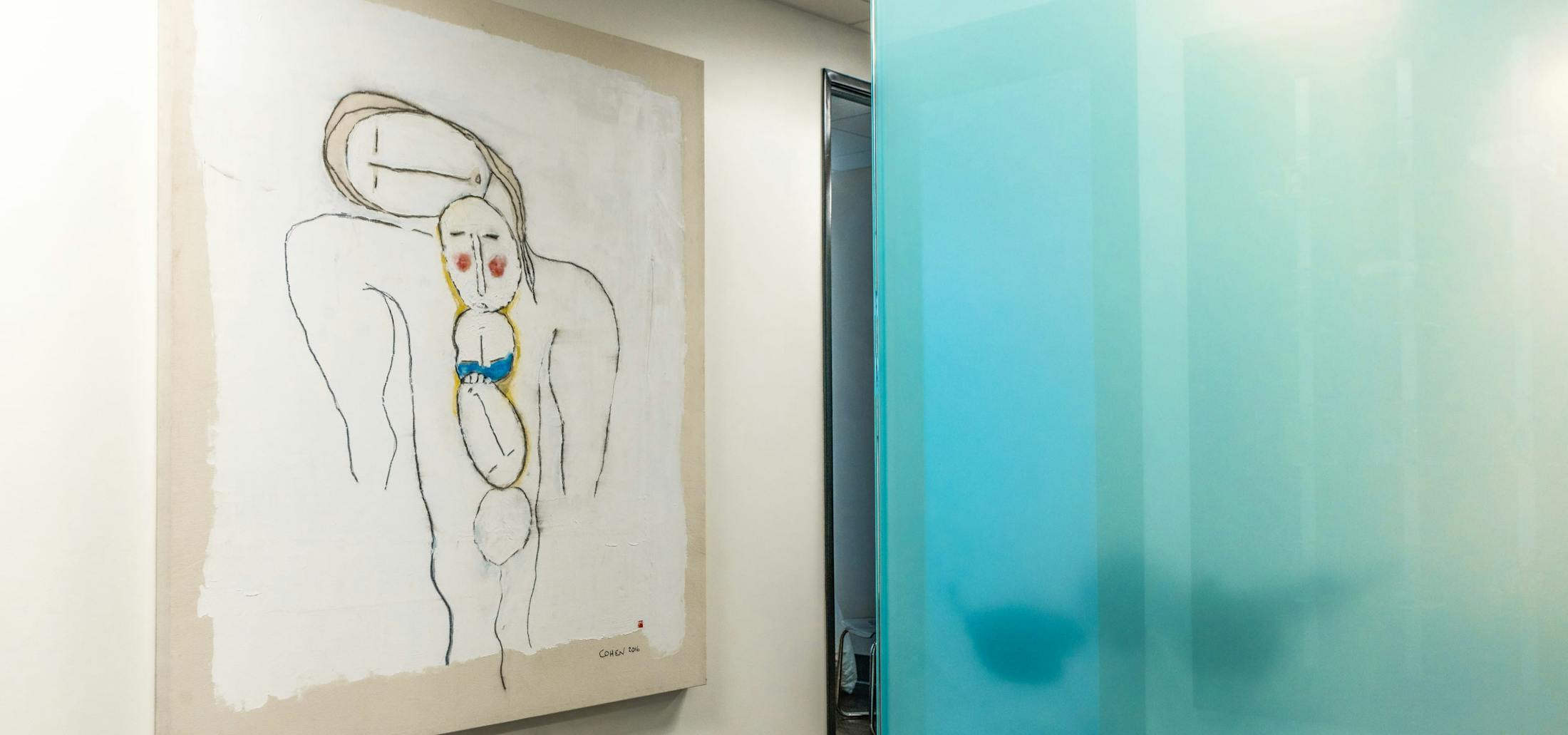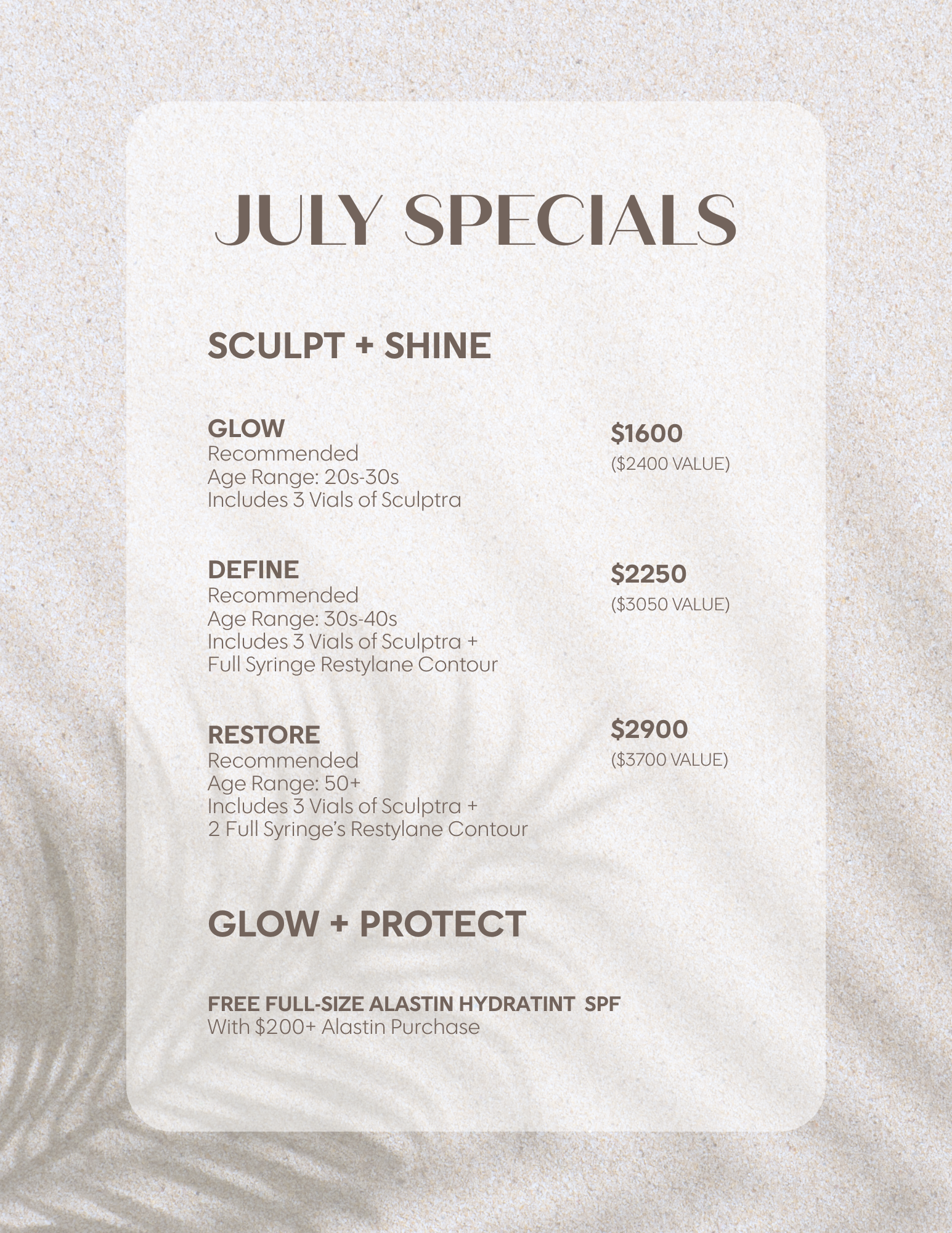Hyperbaric oxygen therapy (HBOT) is a non-invasive treatment that involves breathing pure oxygen (O2) in a pressurized chamber. It has shown remarkable results in a wide range of conditions, from decompression sickness to carbon monoxide poisoning to diabetic ulcer treatment. It is also an incredibly beneficial treatment for post-surgery healing. Dr. Steven R. Cohen, a renowned plastic surgeon at FACES+, brings this advanced therapy to patients in San Diego, California.
How Does Hyperbaric Oxygen Therapy Work?
The process of HBOT involves entering a specially designed oxygen chamber where the atmospheric pressure increases to higher levels than normal. This increase in pressure allows your lungs to take in a significantly higher concentration of oxygen, which then dissolves into your blood plasma and reaches areas of your body with compromised circulation or inadequate oxygen supply.









